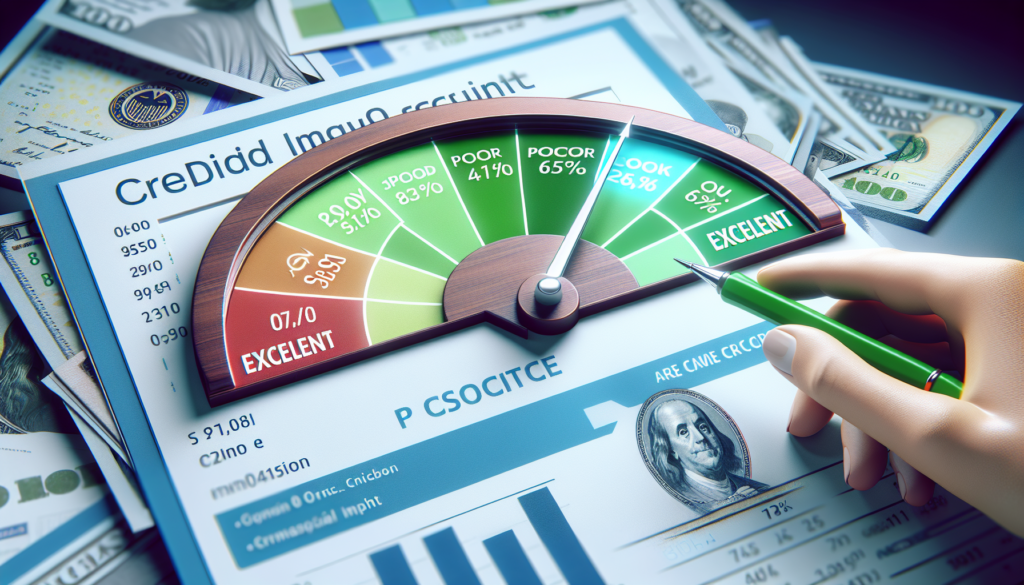
Regaining credit after filing for Chapter 7 bankruptcy can be challenging, but it’s entirely possible with a strategic and disciplined approach. Chapter 7 bankruptcy can stay on your credit report for up to 10 years, affecting your ability to obtain new credit. However, the impact diminishes over time, especially if you take proactive steps to rebuild your credit. Here are some tips to help you regain credit post-Chapter 7 bankruptcy:
-
Understand Your Current Credit Situation
- Obtain a copy of your credit report from the three major credit bureaus (Equifax, Experian, and TransUnion) to ensure all information is accurate and up-to-date. Dispute any inaccuracies you find.
- Note that your debts should be listed as “discharged in bankruptcy,” and ensure that the balances are showing as zero.
-
Create a Budget and Build Savings
- Develop a realistic budget that accounts for all your expenses, savings, and even small amounts for discretionary spending.
- Start building an emergency fund to avoid falling back into debt. Aim for a small, achievable goal initially, and then build it up over time.
-
Use a Secured Credit Card
- Apply for a secured credit card, where you deposit money upfront as collateral. This amount typically becomes your credit limit.
- Use the card for small, manageable purchases, and pay off the balance in full each month to demonstrate responsible credit use.
-
Consider a Credit-Builder Loan
- Credit-builder loans are designed to help people build credit. The money you “borrow” is placed in a savings account, and you make monthly payments until the loan amount is reached.
- Your payment history is reported to the credit bureaus, helping to establish a positive credit history.
-
Become an Authorized User
- If a family member or close friend with good credit is willing, becoming an authorized user on their credit card can help you benefit from their positive credit history.
- Ensure that the credit card issuer reports authorized user activity to the credit bureaus.
-
Pay Bills on Time
- Consistently paying all your bills on time is crucial for rebuilding your credit. This includes not just credit card payments but also rent, utilities, and any other recurring bills.
- Consider setting up automatic payments or reminders to ensure you never miss a due date.
-
Monitor Your Credit Score and Report Regularly
- Regularly check your credit score and report to track your progress and identify areas for improvement.
- Many credit card companies and financial institutions offer free credit score monitoring to their customers.
-
Apply for New Credit Sparingly
- While it’s important to establish new credit, too many credit inquiries in a short period can negatively impact your score.
- Only apply for new credit when necessary, and ensure you have a strong likelihood of approval before applying.
-
Practice Patience and Persistence
- Rebuilding credit is a slow process that requires patience and persistence. Your credit didn’t deteriorate overnight, and it won’t be rebuilt overnight either.
- Stay committed to your financial plan, and over time, your credit score will reflect your efforts.
-
Seek Professional Advice
- If you’re unsure where to start or if you’re struggling with the process, consider seeking advice from a credit counselor or financial advisor.
- Non-profit credit counseling agencies can provide guidance and help you develop a plan to rebuild your credit.
By following these steps and maintaining a focus on responsible financial behavior, you can gradually rebuild your credit after a Chapter 7 bankruptcy. It’s a journey that requires commitment, but with time and effort, you can establish a strong credit profile post-bankruptcy.


Get a Free Bankruptcy Case Evaluation